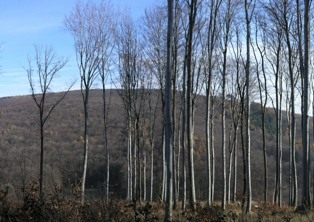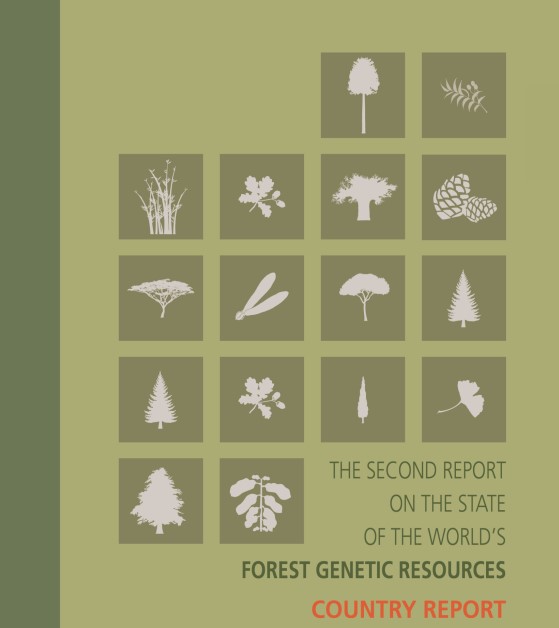
Quick Info
Letter of Agreement for Phase VII signed on 21 Jan 2025
Member since 1994
Letter of Agreement for Phase VII signed on 21 Jan 2025
Member since 1994The European Information System on Forest Genetic Resources (EUFGIS) provides geo-referenced and harmonized data on genetic conservation units of forest trees in Europe.
Research on forest genetic resources in the Czech Republic has largely focused on Norway spruce, Scots pine, European larch, silver fir and European beech. The research efforts have been carried out for analyzing the geographical pattern of forest genetic diversity in the country and for establishing gene conservation units and tree breeding programmes, including provenance trials, seed orchards and clone archives. These efforts have further improved the management of forest genetic resources in the Czech Republic.
The gene conservation units (also called "gene bases") harbour particularly valuable genetic material and they are often also managed for wood production or identified as seed sources. The gene conservation units represent the most valuable forest stands, which are often remnants of autochthonous tree populations. “Nature-oriented” forest management practices mimicking natural disturbances are emphasized in the management of these units.
The selection, certification and management of the gene conservation units were initiated by Dr. Jiří Šindelář (Forestry and Game Management Research Institute, Jíloviště) in the early 1970s, in co-operation with the Forest Management Institute and forest management deputies of individual forest districts. Currently, there are 210 gene conservation units covering a total of 106 000 ha in the Czech Republic. The gene conservation units of Norway spruce (60,100 ha) account more than half of the total gene conservation area. Scots pine is represented in 28 units and silver fir in 37 units. For European larch, there are 12 units totalling 7,300 ha.
Regarding broadleaved tree species, there are 32 units for oaks covering 20,800 ha and 107 units for European beech (60,000 ha). Other tree species (ashes, lindens, sycamore, maple, elms, black alder, European hornbeam, wild service tree, wild cherry, bog pine, dwarf pine) are included in the gene conservation units mainly as associated species, including some rare tree species such as wild pear and crab apple. The minimum area of a gene conservation unit is usually 100 ha in the Czech Republic.
The Czech Republic national strategy for the management of forest genetic resources are included in the National Forest Programme in which various activities are documented until 2013.
Similarly to other countries, this programme is based on the national forest policy outlining a long-term strategy for the implementation of sustainable forest management in the Czech Republic. The National Forest Programme also follows the principles of the EU Forestry Strategy (1998).
Publications on the management of forest genetic resources in the Czech Republic are available on the website of the Forestry and Game Management Research Institute.
Forestry and Game Management Research Institute, Strnady 136 252 02 Jíloviště.
Preservation of genetic resources of Norway spruce variants resistant against harmfull factors caused by immission load, in the context of ongoing environmental changes

Communicationes Instituti Forestalis Bohemicae, Vol. 21Forest tree species genetic resources management and breeding | Download | |
Comparison of plantings with cuttings of the resistant Norway spruce from the Ore Mountains with plantings of generative origin | Download | |
Exotic Abies Species in Czech Provenance Trials: Assessment after Four Decades | Download |

Picea abies Network: Report of the second meeting

Populus nigra Network: Report of the fourth meeting

Populus nigra Network: Report of the seventh and eighth meeting

Populus nigra Network: Report of the third meeting

Conifers Network: Report of the second and third meeting

Picea abies Network: Report of the first meeting